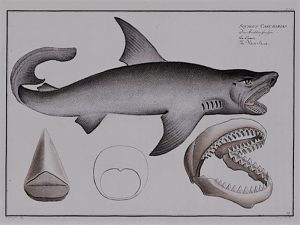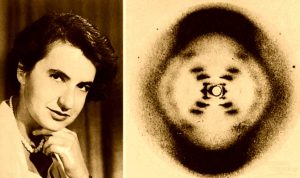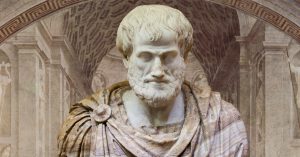Biomimetic bots can teach researchers a lot about how creatures interact in the natural world. Introduction Honeybees...
Biology
Studying the lower back allows researchers to understand how the species’ anatomy was adapted for different kinds...
Walking took a very long time to develop, with evidence of bipedalism among early humans in Africa...
Viruses are also genetic innovators – and possibly the pioneers of using DNA as the genetic blueprint...
As part of the nation’s massive wartime mobilization effort, millions of Americans, for the first time, traveled...
In recent decades, Ballard has put much effort into increasing diversity in oceanographic exploration and research. Introduction...
These giant predators are helping solve the mystery of Earth’s cooling shift some 50 million years ago....
Exploring James Bell Pettigrew’s Design in Nature (1908), a provocative and forgotten exploration of the world’s archetypal whorl. This...
Using remnants of fossilized trees, scientists and an artist figured out what the forest looked like long...
Our biggest evolutionary advantages are an ability to walk on two legs and our big brains. By...
The earliest humans had and passed on knowledge about plants and animals to increase their chances of...
Early Neanderthals likely benefited from an ingression of H. sapiens Y chromosomes some-time between 370,000 and 100,000...
Scientists discovered a living microbial mat that uses arsenic instead of oxygen for photosynthesis and respiration. Introduction...
He argued with Newton, and both were partially right. Introduction Groundbreaking discoveries in science often come with...
Franklin was born a century ago, and her X-ray crystallography work crucially contributed to determining the structure...
Dioramas have a powerful explanatory power as tangible reconstructions. Introduction His eyes were vacant—glassy, even. Blood flowed...
We have more neurons in our cortices than any other species, courtesy of an early technology –...
If you go by editorial cartoons and T-shirts, you might have the impression that evolution proceeds as...
Hydrogen is the first element in the periodic table and essential for life on Earth. It may...
By midcentury, Victorian natural historians seemed hungry for information from formerly inaccessible regions of Africa. With a...
Aristotle studied developing organisms, among other things, in ancient Greece, and his writings shaped Western philosophy and...
Astonishing new research shows that fossil teeth, like trees, contain detailed records of the environments in which...
What does the discovery of Homo luzonensis mean for our understanding of humanity’s history? This week, anthropologists...
With its novel vignettes and its use of a camera obscura in the production of the plates,...
Using the family relationships between single-celled protists alive today, researchers hypothesized what their evolutionary ancestors looked like...
Exploring the impact of Labillardière’s work following a voyage to Australasia. This article, Jacques Labillardière’s Contribution to...
How Grew’s pioneering “mechanist” vision in relation to the floral world paved the way for the science...
The history of biology, built upon the thoroughness and insight of Aristotle and Galen, passed onto the...
Vision is a window onto the world, its qualities determined by natural selection. Evolution has favoured the...
Humans stand out among all the mammals as being the only species to totter about on two...





























